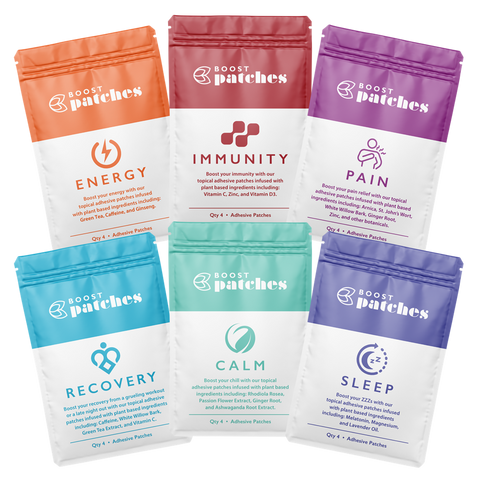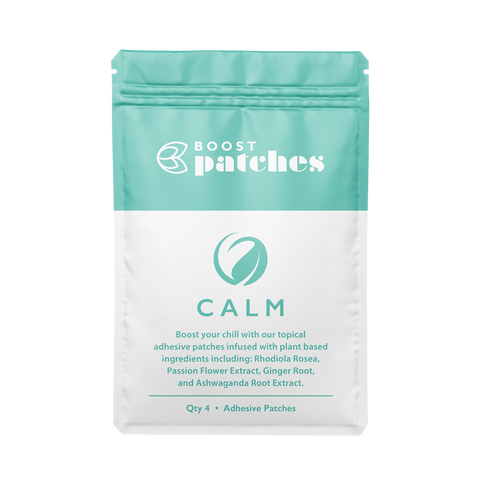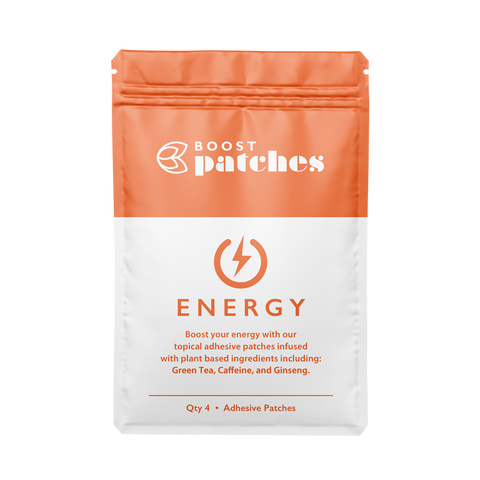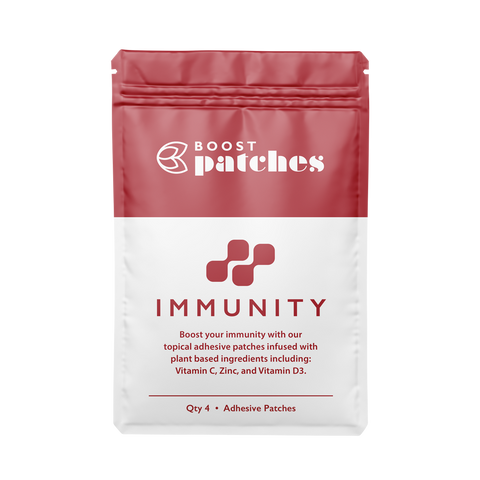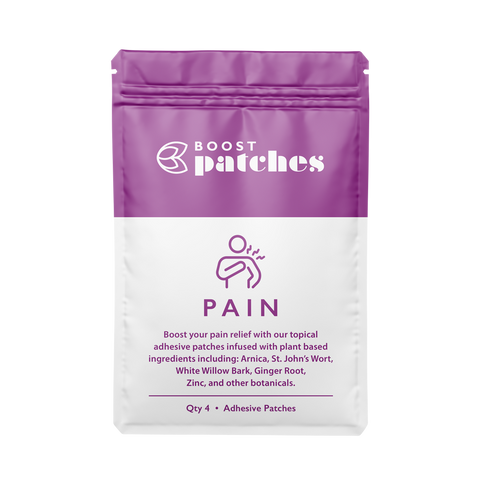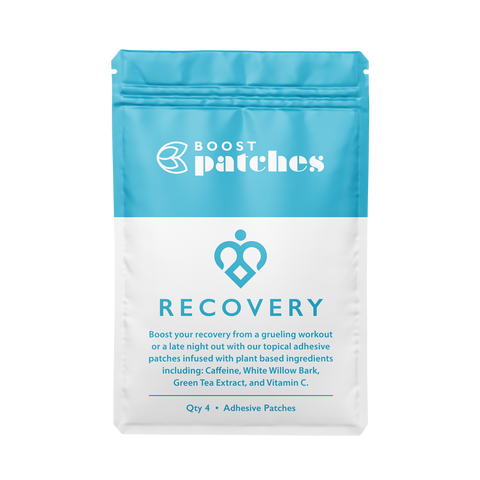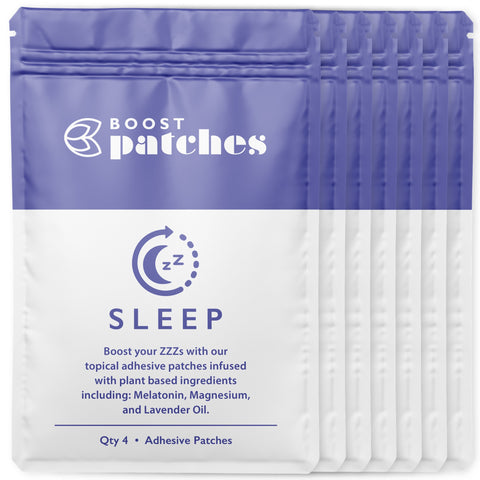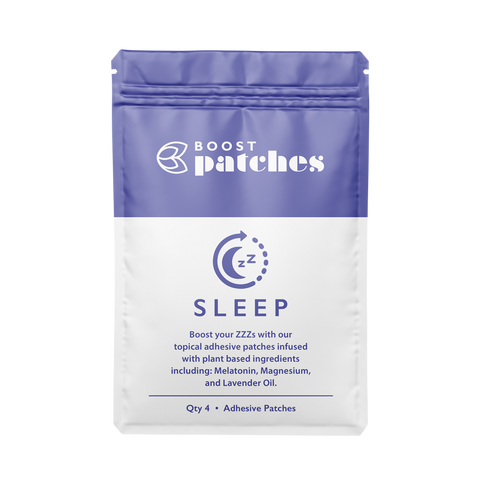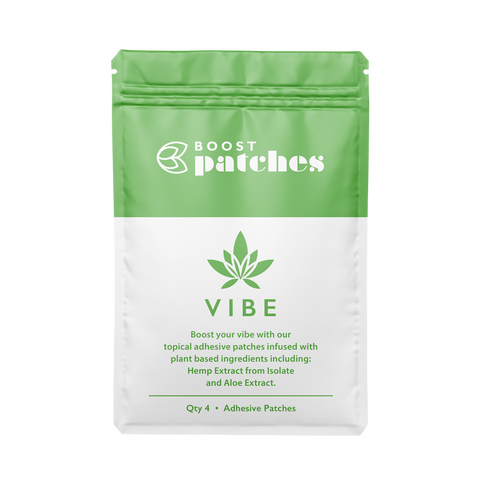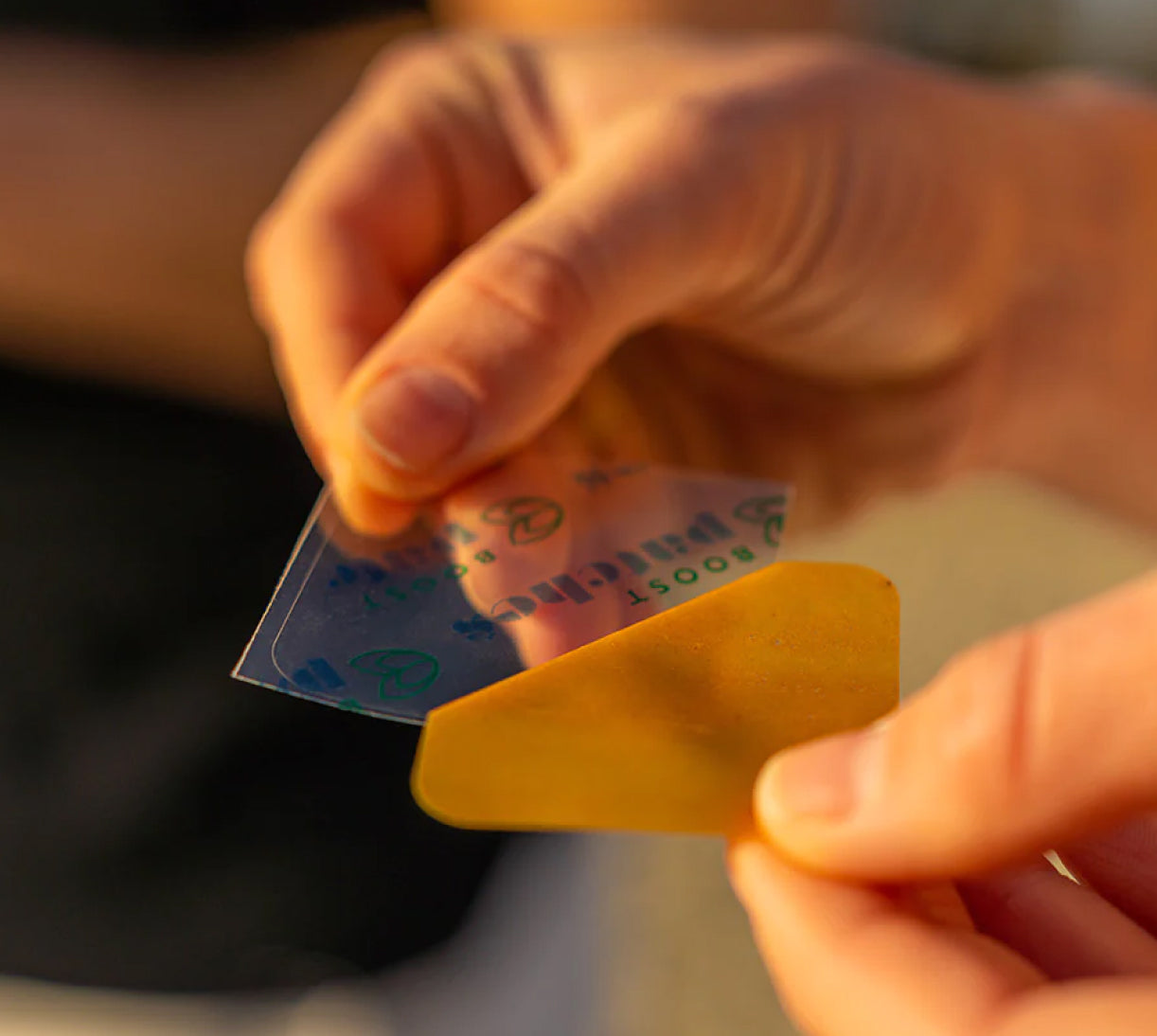

Frequently Asked Questions
What are transdermal vitamin patches?
Vitamin patches work through a process known as transdermal delivery, where the vitamins and nutrients are absorbed through the skin and into the bloodstream. The patches typically consist of several layers:
- Backing Material: This is the outermost layer of the patch, usually made of a flexible material like plastic or fabric. It serves to protect the patch and keep it in place.
- Adhesive Layer: This layer adheres the patch to the skin. It helps maintain contact between the patch and the skin surface, allowing for the gradual release of vitamins.
- Vitamin Formulation: The active ingredients, which are the vitamins or other nutrients, are contained in this layer. They are often encapsulated or formulated to be released slowly over time.
- Liner or Cover: This is a protective layer that is removed before applying the patch to the skin.
The patches are typically applied to clean, dry skin, and they are designed to be worn for a certain period, often ranging from several hours to a day. The vitamins then diffuse through the skin and enter the bloodstream.
Do transdermal vitamin patches work?
Vitamin patches work through a process known as transdermal delivery, where the vitamins and nutrients are absorbed through the skin and into the bloodstream. The patches typically consist of several layers:
- Backing Material: This is the outermost layer of the patch, usually made of a flexible material like plastic or fabric. It serves to protect the patch and keep it in place.
- Adhesive Layer: This layer adheres the patch to the skin. It helps maintain contact between the patch and the skin surface, allowing for the gradual release of vitamins.
- Vitamin Formulation: The active ingredients, which are the vitamins or other nutrients, are contained in this layer. They are often encapsulated or formulated to be released slowly over time.
- Liner or Cover: This is a protective layer that is removed before applying the patch to the skin.
The patches are typically applied to clean, dry skin, and they are designed to be worn for a certain period, often ranging from several hours to a day. The vitamins then diffuse through the skin and enter the bloodstream.
Can vitamins be absorbed transdermally?
Vitamin patches work through a process known as transdermal delivery, where the vitamins and nutrients are absorbed through the skin and into the bloodstream. The patches typically consist of several layers:
- Backing Material: This is the outermost layer of the patch, usually made of a flexible material like plastic or fabric. It serves to protect the patch and keep it in place.
- Adhesive Layer: This layer adheres the patch to the skin. It helps maintain contact between the patch and the skin surface, allowing for the gradual release of vitamins.
- Vitamin Formulation: The active ingredients, which are the vitamins or other nutrients, are contained in this layer. They are often encapsulated or formulated to be released slowly over time.
- Liner or Cover: This is a protective layer that is removed before applying the patch to the skin.
The patches are typically applied to clean, dry skin, and they are designed to be worn for a certain period, often ranging from several hours to a day. The vitamins then diffuse through the skin and enter the bloodstream.
What are the benefits of vitamin patches?
Vitamin patches work through a process known as transdermal delivery, where the vitamins and nutrients are absorbed through the skin and into the bloodstream. The patches typically consist of several layers:
- Backing Material: This is the outermost layer of the patch, usually made of a flexible material like plastic or fabric. It serves to protect the patch and keep it in place.
- Adhesive Layer: This layer adheres the patch to the skin. It helps maintain contact between the patch and the skin surface, allowing for the gradual release of vitamins.
- Vitamin Formulation: The active ingredients, which are the vitamins or other nutrients, are contained in this layer. They are often encapsulated or formulated to be released slowly over time.
- Liner or Cover: This is a protective layer that is removed before applying the patch to the skin.
The patches are typically applied to clean, dry skin, and they are designed to be worn for a certain period, often ranging from several hours to a day. The vitamins then diffuse through the skin and enter the bloodstream.
Are transdermal vitamin patches safe?
Vitamin patches work through a process known as transdermal delivery, where the vitamins and nutrients are absorbed through the skin and into the bloodstream. The patches typically consist of several layers:
- Backing Material: This is the outermost layer of the patch, usually made of a flexible material like plastic or fabric. It serves to protect the patch and keep it in place.
- Adhesive Layer: This layer adheres the patch to the skin. It helps maintain contact between the patch and the skin surface, allowing for the gradual release of vitamins.
- Vitamin Formulation: The active ingredients, which are the vitamins or other nutrients, are contained in this layer. They are often encapsulated or formulated to be released slowly over time.
- Liner or Cover: This is a protective layer that is removed before applying the patch to the skin.
The patches are typically applied to clean, dry skin, and they are designed to be worn for a certain period, often ranging from several hours to a day. The vitamins then diffuse through the skin and enter the bloodstream.
Have research labs produced vitamin patch studies?
Vitamin patches work through a process known as transdermal delivery, where the vitamins and nutrients are absorbed through the skin and into the bloodstream. The patches typically consist of several layers:
- Backing Material: This is the outermost layer of the patch, usually made of a flexible material like plastic or fabric. It serves to protect the patch and keep it in place.
- Adhesive Layer: This layer adheres the patch to the skin. It helps maintain contact between the patch and the skin surface, allowing for the gradual release of vitamins.
- Vitamin Formulation: The active ingredients, which are the vitamins or other nutrients, are contained in this layer. They are often encapsulated or formulated to be released slowly over time.
- Liner or Cover: This is a protective layer that is removed before applying the patch to the skin.
The patches are typically applied to clean, dry skin, and they are designed to be worn for a certain period, often ranging from several hours to a day. The vitamins then diffuse through the skin and enter the bloodstream.
Do Vitamin D patches work?
Vitamin patches work through a process known as transdermal delivery, where the vitamins and nutrients are absorbed through the skin and into the bloodstream. The patches typically consist of several layers:
- Backing Material: This is the outermost layer of the patch, usually made of a flexible material like plastic or fabric. It serves to protect the patch and keep it in place.
- Adhesive Layer: This layer adheres the patch to the skin. It helps maintain contact between the patch and the skin surface, allowing for the gradual release of vitamins.
- Vitamin Formulation: The active ingredients, which are the vitamins or other nutrients, are contained in this layer. They are often encapsulated or formulated to be released slowly over time.
- Liner or Cover: This is a protective layer that is removed before applying the patch to the skin.
The patches are typically applied to clean, dry skin, and they are designed to be worn for a certain period, often ranging from several hours to a day. The vitamins then diffuse through the skin and enter the bloodstream.
Do Vitamin B12 patches work?
Vitamin patches work through a process known as transdermal delivery, where the vitamins and nutrients are absorbed through the skin and into the bloodstream. The patches typically consist of several layers:
- Backing Material: This is the outermost layer of the patch, usually made of a flexible material like plastic or fabric. It serves to protect the patch and keep it in place.
- Adhesive Layer: This layer adheres the patch to the skin. It helps maintain contact between the patch and the skin surface, allowing for the gradual release of vitamins.
- Vitamin Formulation: The active ingredients, which are the vitamins or other nutrients, are contained in this layer. They are often encapsulated or formulated to be released slowly over time.
- Liner or Cover: This is a protective layer that is removed before applying the patch to the skin.
The patches are typically applied to clean, dry skin, and they are designed to be worn for a certain period, often ranging from several hours to a day. The vitamins then diffuse through the skin and enter the bloodstream.
How to Apply a Vitamin Patch
Vitamin patches work through a process known as transdermal delivery, where the vitamins and nutrients are absorbed through the skin and into the bloodstream. The patches typically consist of several layers:
- Backing Material: This is the outermost layer of the patch, usually made of a flexible material like plastic or fabric. It serves to protect the patch and keep it in place.
- Adhesive Layer: This layer adheres the patch to the skin. It helps maintain contact between the patch and the skin surface, allowing for the gradual release of vitamins.
- Vitamin Formulation: The active ingredients, which are the vitamins or other nutrients, are contained in this layer. They are often encapsulated or formulated to be released slowly over time.
- Liner or Cover: This is a protective layer that is removed before applying the patch to the skin.
The patches are typically applied to clean, dry skin, and they are designed to be worn for a certain period, often ranging from several hours to a day. The vitamins then diffuse through the skin and enter the bloodstream.
What are the best vitamin patches?
Vitamin patches work through a process known as transdermal delivery, where the vitamins and nutrients are absorbed through the skin and into the bloodstream. The patches typically consist of several layers:
- Backing Material: This is the outermost layer of the patch, usually made of a flexible material like plastic or fabric. It serves to protect the patch and keep it in place.
- Adhesive Layer: This layer adheres the patch to the skin. It helps maintain contact between the patch and the skin surface, allowing for the gradual release of vitamins.
- Vitamin Formulation: The active ingredients, which are the vitamins or other nutrients, are contained in this layer. They are often encapsulated or formulated to be released slowly over time.
- Liner or Cover: This is a protective layer that is removed before applying the patch to the skin.
The patches are typically applied to clean, dry skin, and they are designed to be worn for a certain period, often ranging from several hours to a day. The vitamins then diffuse through the skin and enter the bloodstream.

